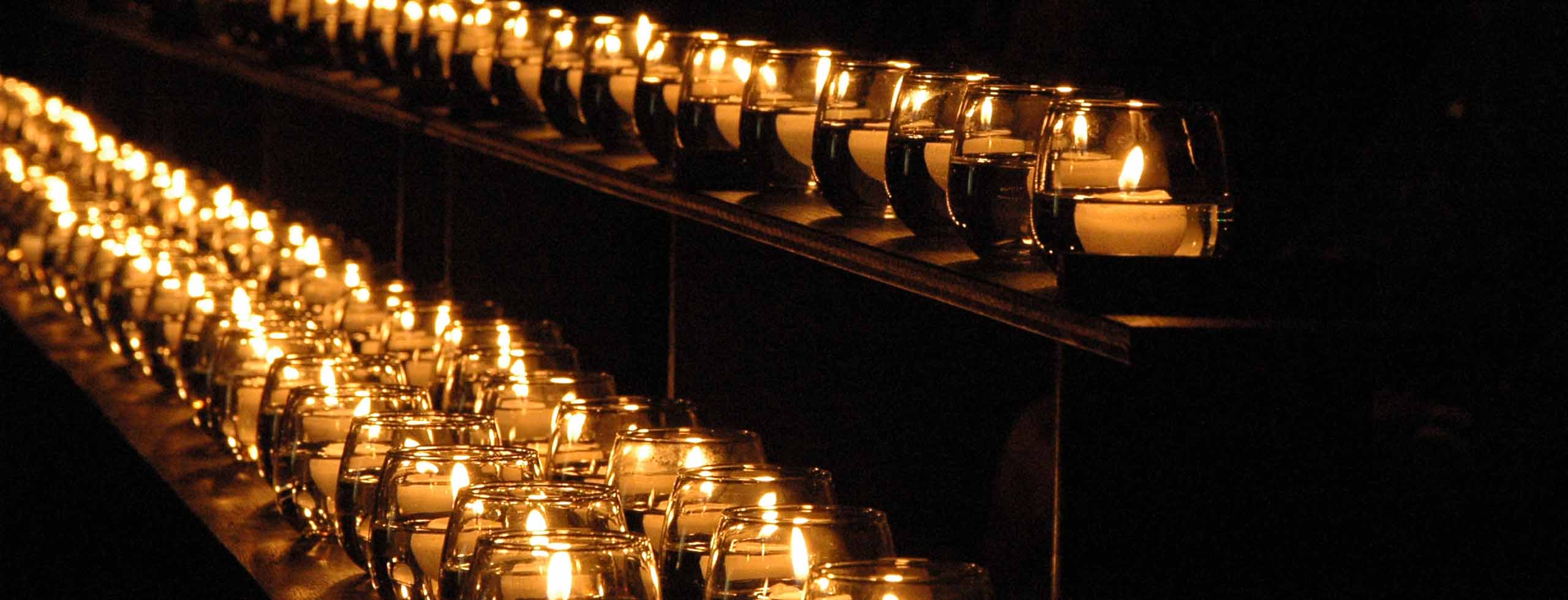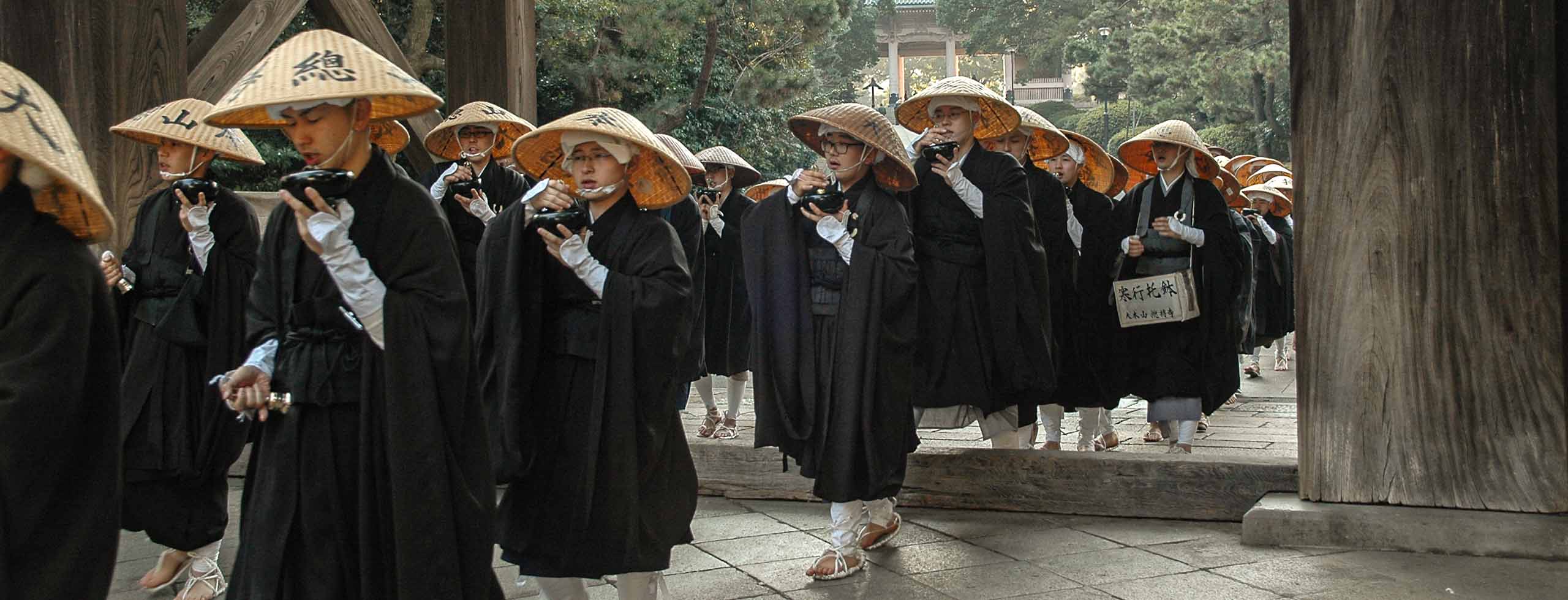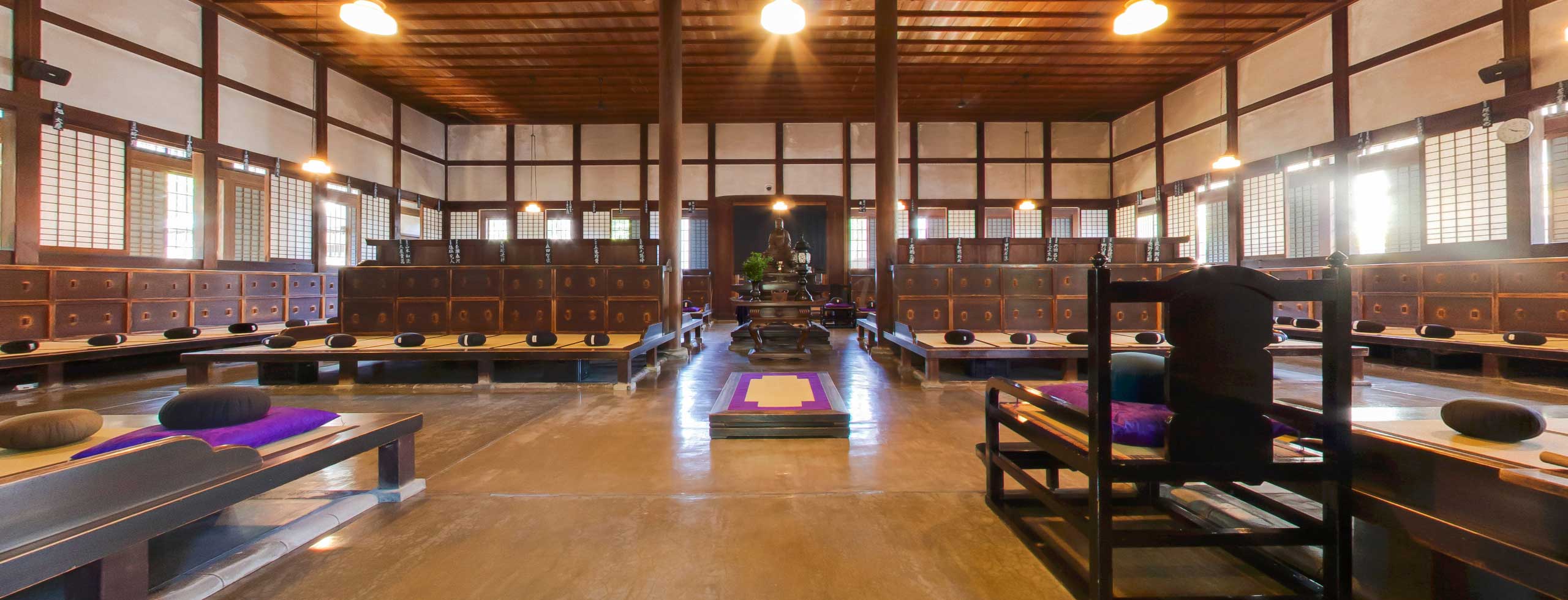Soto Zen Buddhism
Sojiji head monastery
Internationally Opened temple
Sojiji is located in the suburban area of Yokohama city. Close to Tokyo bay and Boso peninsula, even Mt Fuji is close to us. In addition, the temple is within 5 min. walking distance from main public transportations. These factors are very important for us as an internationally opened temple for Zen practice. We have ground of 500,000 square meters with well-structured buildings. In 1911 (591 years since Sojiji had been established on Noto peninsula) we celebrated the relocation of Sojiji.
We are committed to social welfare with educational facilities as university, high and junior high school as well as kindergarten.
Further, in Sojiji, we have various kinds of educational projects with over 200 monks, employees striving for the prosperity of our monastery.
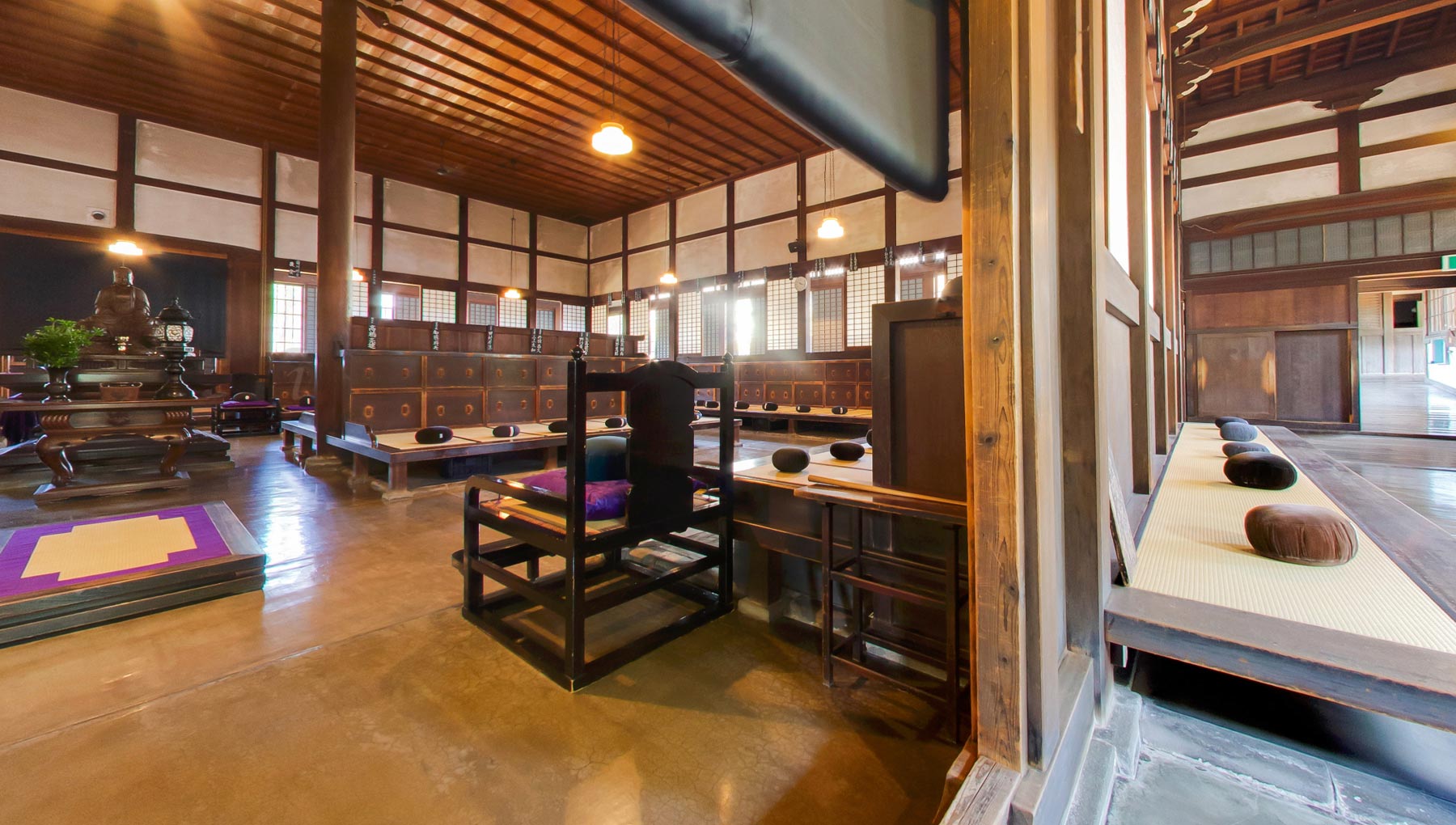
English guide tour
Sojiji is an open Zen space for the public, so you can walk around Sojiji freely.
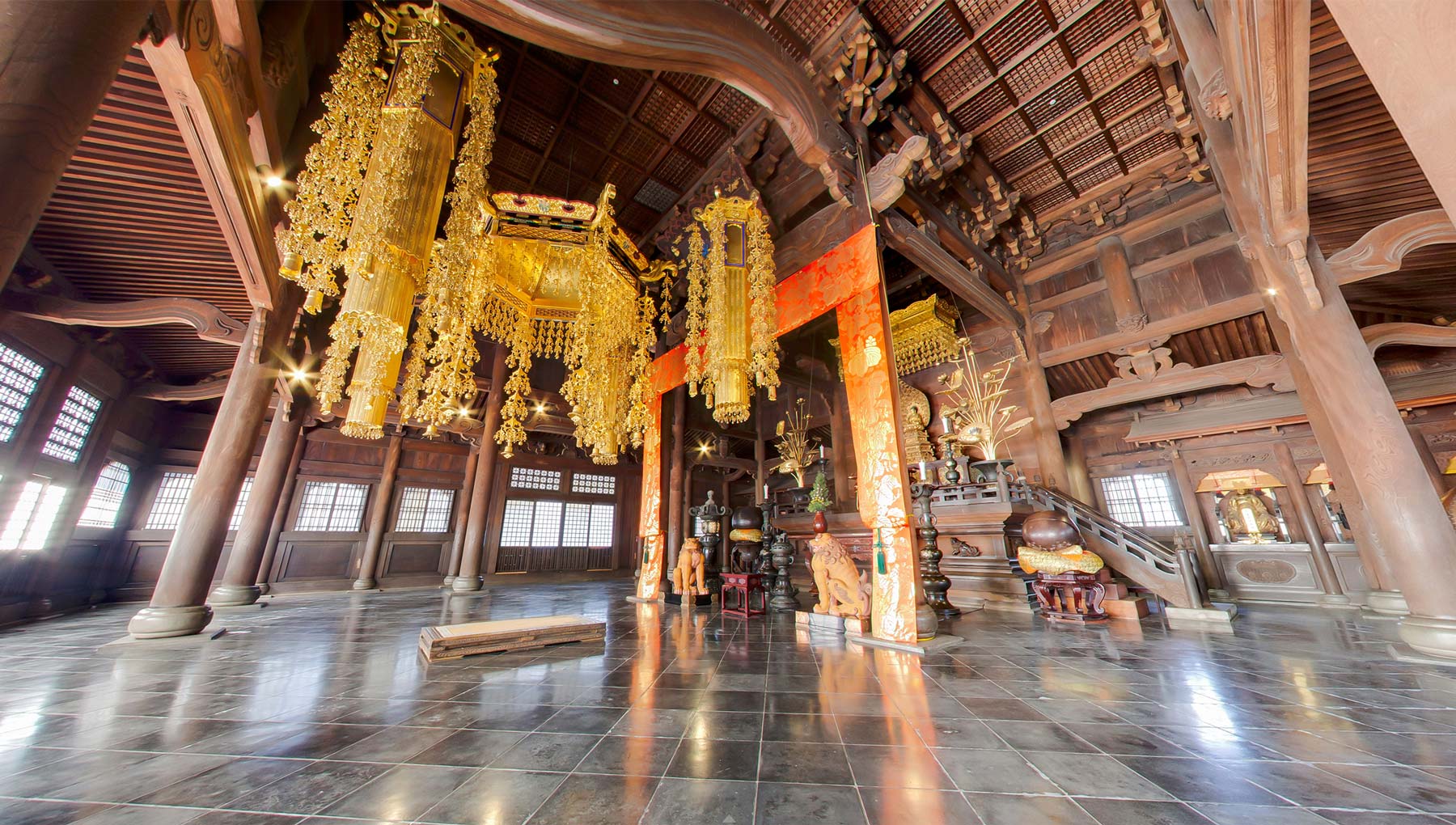
Estabilishment of Sojiji
Shogakusan Sojiji is the formal name of Sojiji. It was established about 700 years ago.
In Kushihinosho (Noto peninsula), there was the temple called “Morooka Kannon do”. The story began when the abbot, Joken risshi had a dream one night.
On April 18th, 1321, a monk-styled Kannon appeared in his dream and told him that there is a virtuous monk called Keizan in Yōkōji and asked him to call him to this temple and pass it over to him.
Strangely enough, 5 days after the dream, on 23rd of April, Keizan had the same revelation in his dream while he did zazen in the abbot room of Yōkōji .
This temple was originally founded as a Shingon Buddhism temple and Keizan wished to re-established this temple as a Zen temple. In his dream, he was about to enter the temple and in front of the temple gate there was an arbor. Once he entered, the 600 volumes of Dai hannyakyo (Great wisdom Sutra) were on the top floor of the gate, and the statue of Hikari Kannon was enshrined. There were many monks and Joken risshi welcoming his appearance. He entered the temple through the gate, and he said “I open the Soji gate like the shape of eight in kanji (means “widely”)”. He was impressed by the temple’s magnificence. According to his dream, he was welcomed by Joken risshi and admitted to the temple.
According to the documents, this was the day of Kessei (May 15th, 1321). Afterwards, Joken risshi offered the temple to Keizan Zenji and named it “Sojiji”. “Sojiji” means the temple where Buddha’s teaching is fully kept.
In 1322 when Keizen got 52 years old, the emperor Godaigo asked him ten questions through Kakumyo Koho as messenger. The emperor was impressed by the answers from Keizan. As a result on August 28th, Sojiji temple was officially recognized the leading head monastery of Soto Zen and its abbots were allowed to wear a purple vestment. On September 14th, the emperor ordered Lord Yukufusa Fujiwara to inscribe the three characters “So-ji-ji” for the official record as the head temple of Soto school.
Relocation to Tsurumi
Sojiji is the head temple established by Keizan Zenji. Related temples count for more than 13,000 all over Japan and we make efforts to develop Soto Zen and spread the true teaching.
About 570 years have passed since the temple was originally started by Keizan on Noto peninsula.
Back on April 13th, 1898, a fire broke out suddenly from the main building of Sojiji. The fire spread over the temple and burnt down most of the property, except Jiunkaku and Dentōin.
In May 1905, Ishikawa Sodō Zenji decided to move the temple to Tsurumi being aware of the importance of structure restoration, existance as head monastery and modern missionary activities. Then in 1911, Sojiji relocated to the present place.
